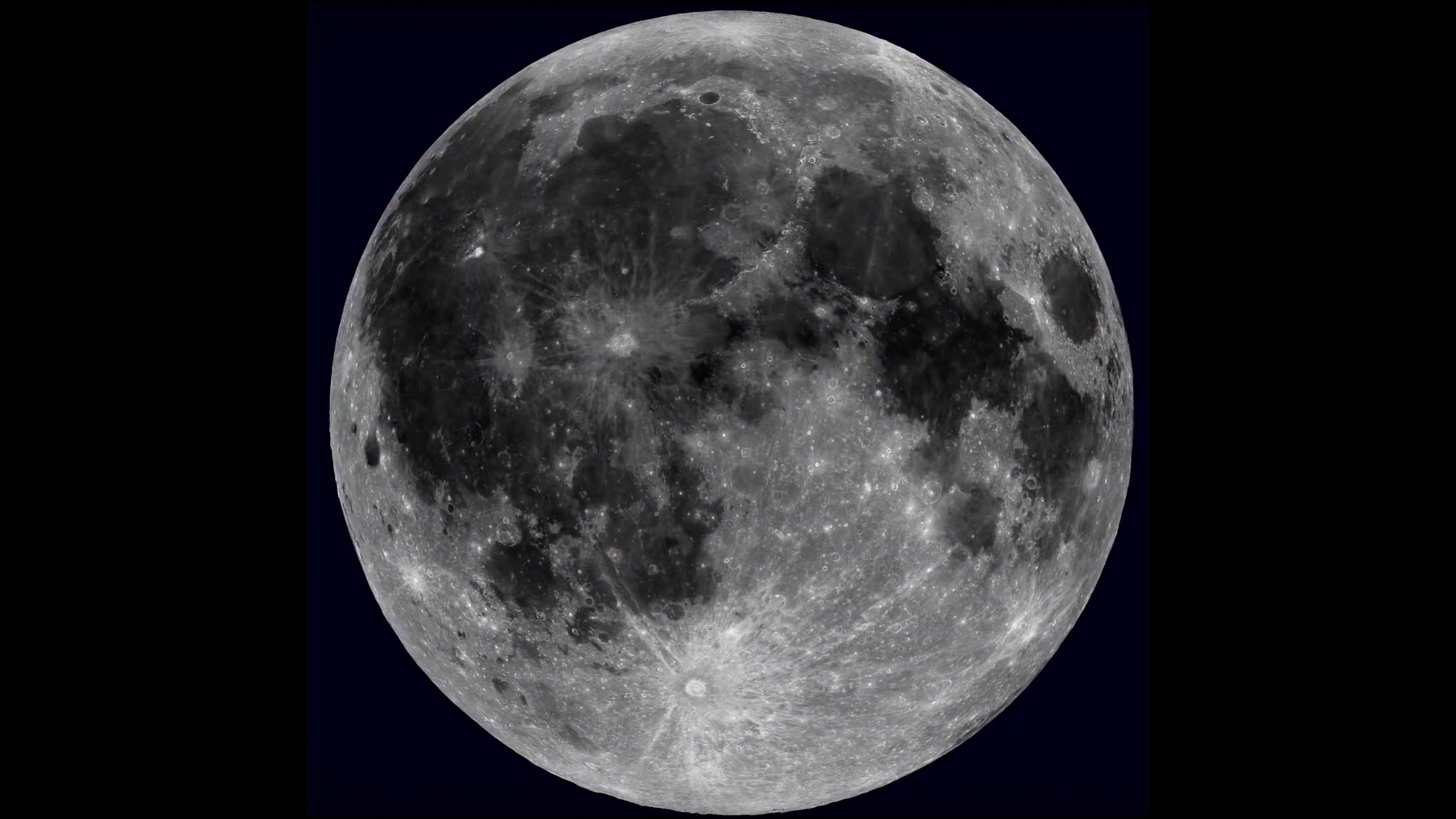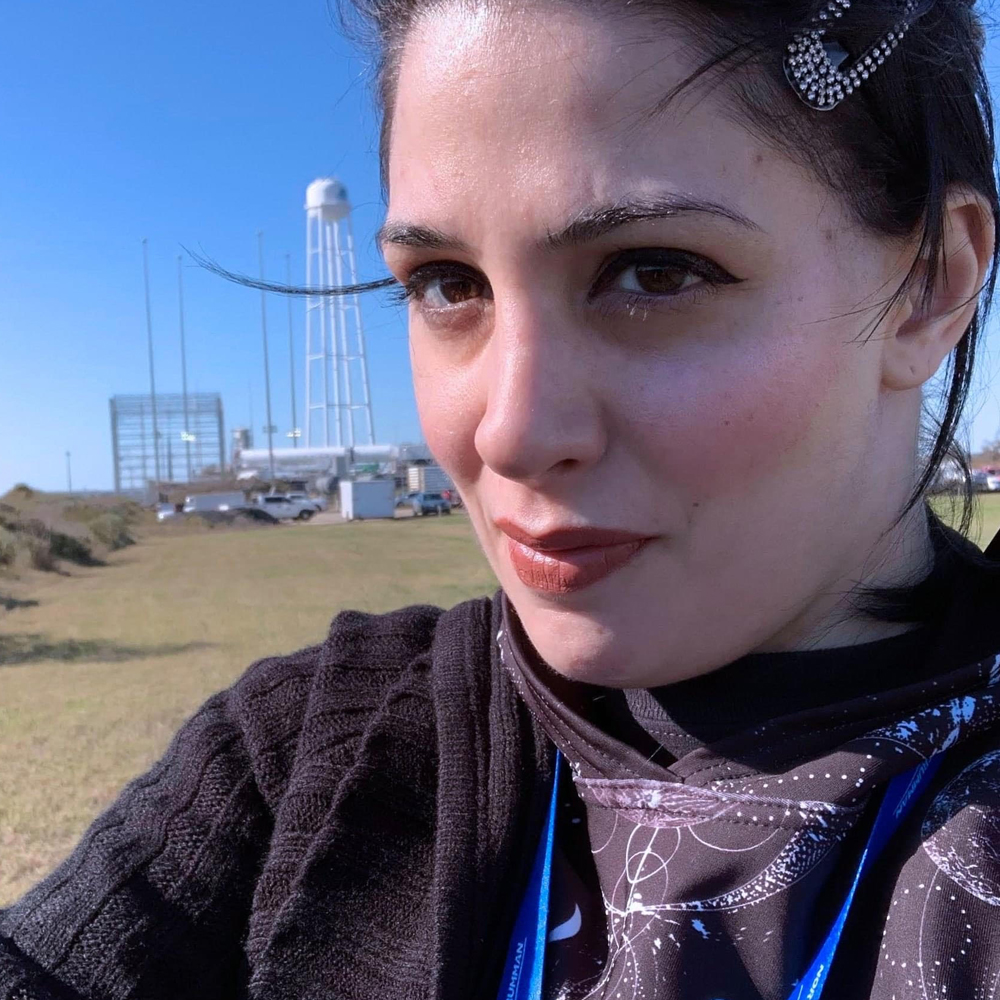What is the 'man in the moon' and how did it form?
Did the moon always have a "face"?

If you've ever gazed up at the full moon, you might notice a face looking back at you: the so-called man in the moon. But why does our natural satellite seem to sport a face?
Over billions of years, asteroid impact craters and the aftermath of lunar volcanic eruptions gave the moon its iconic appearance.
Lava from these eruptions often filled lunar craters, where they hardened into dark volcanic rock that made them stand out, giving the moon its "facial" characteristics. That likeness has remained over the eons due to the absence of an atmosphere and plate tectonics, which would have otherwise deformed or destroyed the moon's ancient geological features.
Ya Huei Huang, a planetary scientist at MIT, studies lunar craters and how the "face" of the moon came to be what it is now. "The asteroids and fragments in the early history of the Solar System were big because of planet-forming events," Ma told Live Science in an email. "Those large impactors can form a gigantic size of impact crater at the surface."
Related: If you're on the moon, does the Earth appear to go through phases?
The moon formed about 4.4 billion years ago, likely shortly after a Mars-size protoplanet named Theia collided with the young Earth, breaking off a huge glob of our planet that eventually became the moon. It was then that the moon began to get a face-lift, according to John Fairweather, a doctoral student in the School of Earth and Planetary Sciences at Curtin University in Australia.
"During this time, the orbits of the major planets, asteroid belts, and planetary rings were not yet stable, and rocks and material were being pulled and pushed in every direction around the sun," Fairweather told Live Science in an email. "The Moon's then-fresh surface would have been heavily bombarded and scarred, to the level we see it as today."
Get the world’s most fascinating discoveries delivered straight to your inbox.
Unstable orbits for the early solar system's various planets and space rocks meant that gravity was flinging objects everywhere, according to ETH Zurich, a university in Switzerland. During this chaotic period, gravitational forces from larger objects, such as the masses that would eventually become planets, flung smaller objects, such as asteroids and tiny planets, out of the way, according to a 2022 study published in the journal Nature Astronomy. These smaller objects bombarded the solar system's bodies, including the moon, and left their impressions behind.
The moon has experienced spikes and lulls in asteroid collisions, and it was pummeled most during the first 1 billion to 100 million years of its existence, Fairweather said. Then, some 900 million years ago, impacts started to decrease gradually as objects in the solar system stabilized, with their orbits becoming less erratic.
However, the moon is pockmarked with more than just craters. Volcanoes used to erupt on the moon when it was young and temperamental, between about 4.1 billion and 3 billion years ago, Fairweather said. When lava oozed into massive craters, it formed a feature known as a "mare," the Latin word for "ocean," according to the BBC's Sky at Night Magazine. These maria (the plural of "mare") appear darker than their surroundings because gobs of lava hardened into especially dark volcanic rock such as basalt. The maria also took on rounded shapes that vaguely resemble the features of a human face.
"In terms of the Moon's 'face,' it is the most distinguishable feature we see from Earth, the dichotomy of dark mare and bright highland," Huang said. "The maria formed from those large basins flooded by episodes of volcanic eruptions."
The remains of these epic collisions, such as the South Pole-Aitken Basin, (the oldest impact crater with a diameter of 1,550 miles, or 2,500 kilometers) are still visible on the moon today, and look like a multitude of lunar eyes from afar. Huang thinks the Imbrium basin, the second largest basin on the moon, is part of its "face." Impacts and volcanic eruptions also hit Earth during that era, so if the globe wasn't covered with oceans and forests, could it have a hidden face?
While Earth certainly has fascinating geological surface features, the planet's atmosphere and plate tectonics make the greatest difference in its appearance over time. Atmospheric weathering eats away at rock formations, and tectonic plates constantly slip, fracture and slide. When they do, the crust — Earth's thin outer layer — goes with them, which can distort, and even erase, a crater. There are only a few places on the planet where craters that formed billions of years ago are still intact: primordial sections of Earth's crust known as cratons. These pieces of Earth's first continents can be found around the world and somehow survived the forces of plate tectonics. How these especially ancient sections of rock formed is still unknown.
The upcoming Artemis missions could shed more light on the processes that gave the moon its otherworldly visage. While there are no winds to erode rocks on the moon, there is water ice, and when that water was liquid, it might have affected those craters that are its "facial features" in some way.
"It would be interesting to see if there is some observable interaction between water and the Moon rocks," Fairweather said. "The next set of lunar missions can shed some light on this."
So why do we see a face on the moon? Pareidolia is the phenomenon in which people see images that really aren't there, such as a cinnamon bun that someone swore was baked in the image of Mother Theresa. The word originated from the Greek words "para," which signifies something that is mistaken, and "eidōlon," or image. Other famous examples of pareidolia include seeing clouds as animals and, of course, the "man in the moon."

Elizabeth Rayne is a contributing writer for Live Science. Her work has appeared in SYFY WIRE, Forbidden Futures, Grunge and Den of Geek. She holds a bachelor of arts in English literature from Fairfield University in Connecticut and a master's degree in English writing from Fordham University, and most enjoys writing about space, along with biology, chemistry, physics, archaeology and paleontology.



